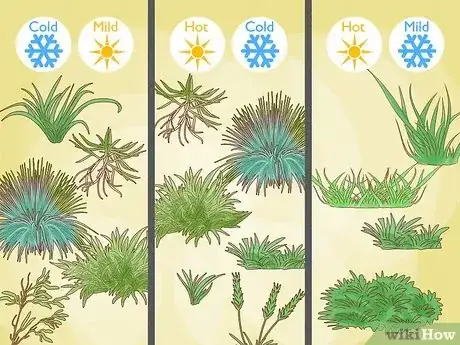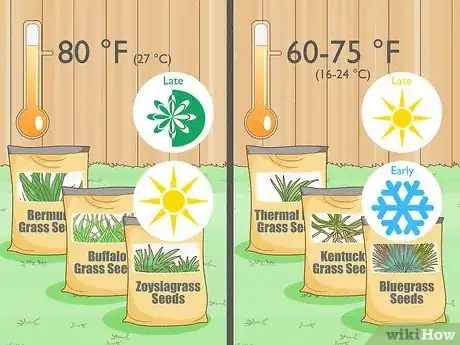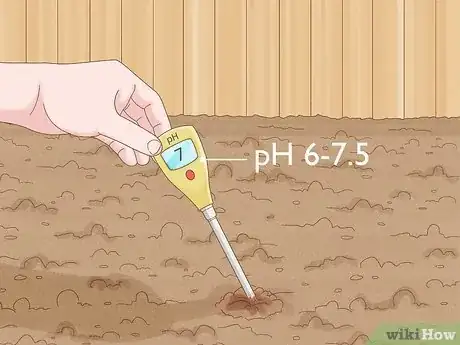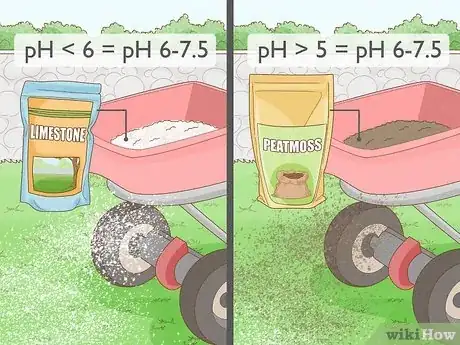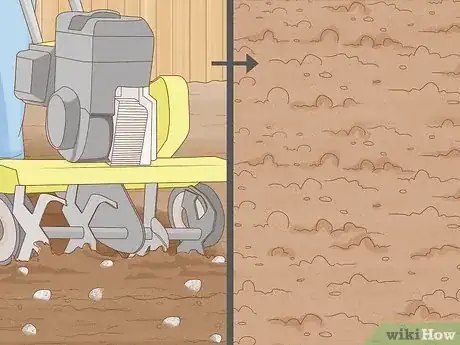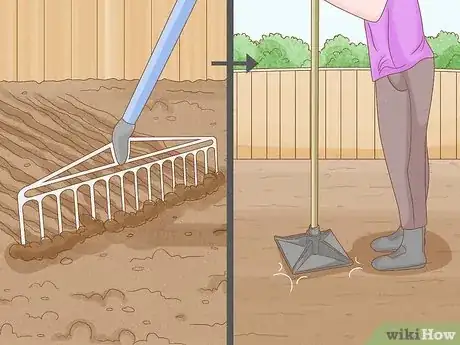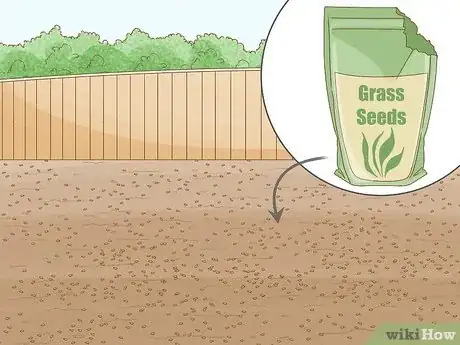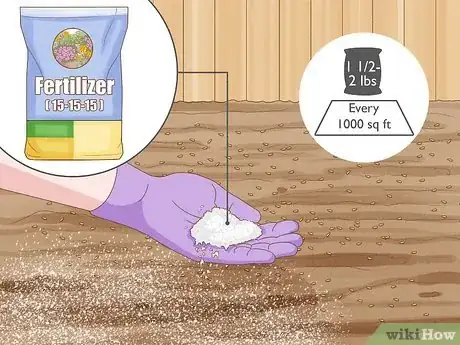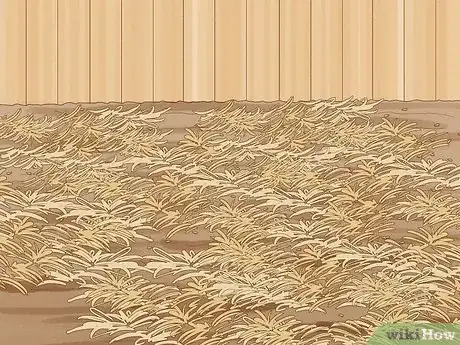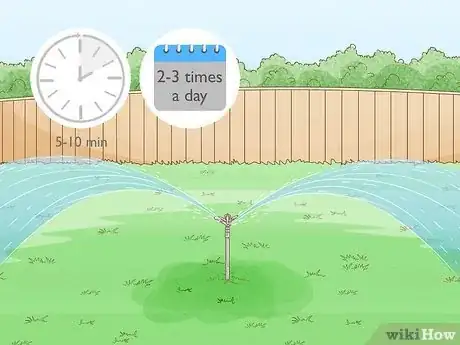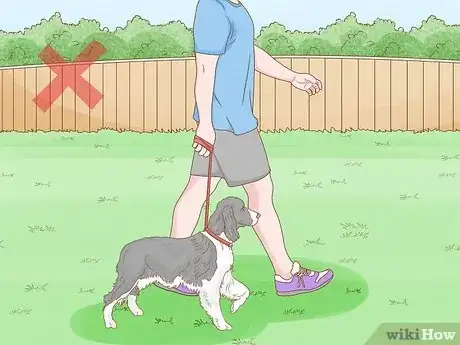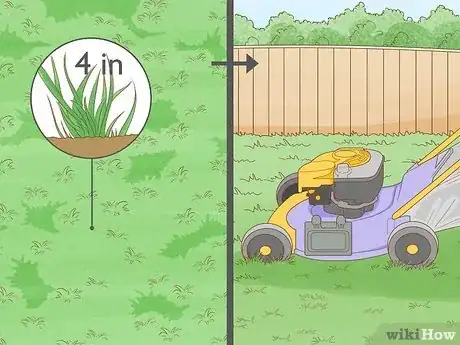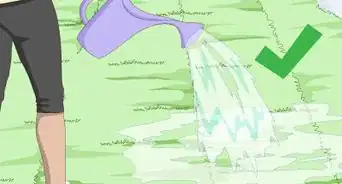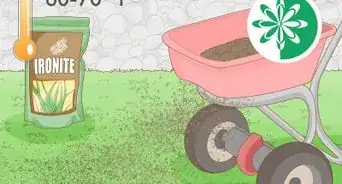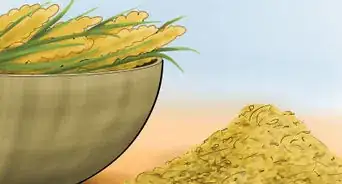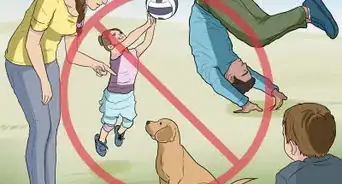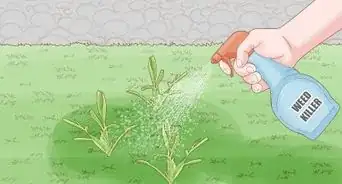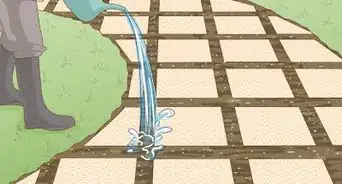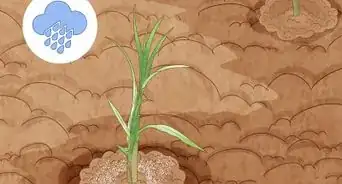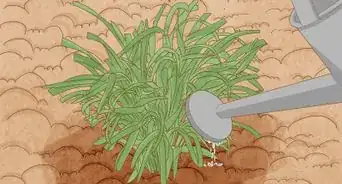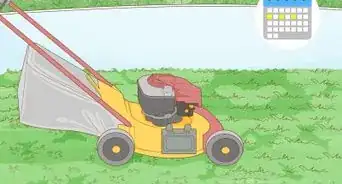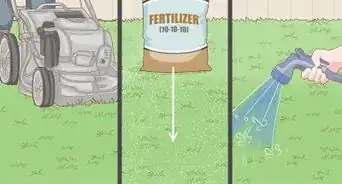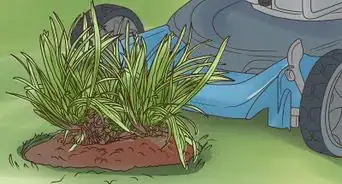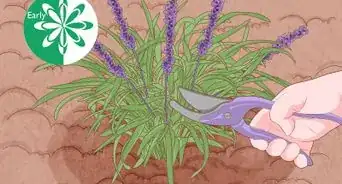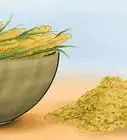This article was co-authored by Lauren Kurtz and by wikiHow staff writer, Jessica Gibson. Lauren Kurtz is a Naturalist and Horticultural Specialist. Lauren has worked for Aurora, Colorado managing the Water-Wise Garden at Aurora Municipal Center for the Water Conservation Department. She earned a BA in Environmental and Sustainability Studies from Western Michigan University in 2014.
There are 8 references cited in this article, which can be found at the bottom of the page.
This article has been viewed 48,887 times.
There's nothing like the feeling of walking barefoot on soft, lush grass in the summer, but first, you've got to plant it! Instead of spending a lot of money on sod, head to your local garden center and pick up some grass seed. In this article, we'll make it easy to figure out what you need, and we'll give you simple step-by-step instructions for planting your grass seed.
Steps
Expert Q&A
-
QuestionWhen can you plant grass seed?
 Lauren KurtzLauren Kurtz is a Naturalist and Horticultural Specialist. Lauren has worked for Aurora, Colorado managing the Water-Wise Garden at Aurora Municipal Center for the Water Conservation Department. She earned a BA in Environmental and Sustainability Studies from Western Michigan University in 2014.
Lauren KurtzLauren Kurtz is a Naturalist and Horticultural Specialist. Lauren has worked for Aurora, Colorado managing the Water-Wise Garden at Aurora Municipal Center for the Water Conservation Department. She earned a BA in Environmental and Sustainability Studies from Western Michigan University in 2014.
Professional Gardener Spring is a good time to plant grass seed, though fall can also work if you start early enough. Grass seedlings germinate and grow best when temperatures are warm but not hot or cold.
Spring is a good time to plant grass seed, though fall can also work if you start early enough. Grass seedlings germinate and grow best when temperatures are warm but not hot or cold. -
QuestionHow can I grow grass fast?
 Lauren KurtzLauren Kurtz is a Naturalist and Horticultural Specialist. Lauren has worked for Aurora, Colorado managing the Water-Wise Garden at Aurora Municipal Center for the Water Conservation Department. She earned a BA in Environmental and Sustainability Studies from Western Michigan University in 2014.
Lauren KurtzLauren Kurtz is a Naturalist and Horticultural Specialist. Lauren has worked for Aurora, Colorado managing the Water-Wise Garden at Aurora Municipal Center for the Water Conservation Department. She earned a BA in Environmental and Sustainability Studies from Western Michigan University in 2014.
Professional Gardener Use sod rolls to get instant grass. Or plant grass seeds in the spring, mulch lightly with straw or compost, and keep the soil moist by watering for short durations several times a day. Do not walk on the lawn for at least 2 months.
Use sod rolls to get instant grass. Or plant grass seeds in the spring, mulch lightly with straw or compost, and keep the soil moist by watering for short durations several times a day. Do not walk on the lawn for at least 2 months.
Things You’ll Need
- Grass seed
- Fertilizer
- Organic material like peat moss or straw
- Rotary tiller
- Rake
- Shovel
- Hose
- Gloves
- Tiller, optional
- Soil test kit, optional
- Seed spreader, optional
References
- ↑ http://www.american-lawns.com/grasses/grasses.html
- ↑ https://silverfallsseed.com/tools/grass-zones/
- ↑ https://www.bobvila.com/articles/when-to-plant-grass-seed/
- ↑ https://www.thisoldhouse.com/how-to/how-to-seed-lawn
- ↑ https://hgic.clemson.edu/factsheet/changing-the-ph-of-your-soil/
- ↑ https://www.thisoldhouse.com/how-to/how-to-seed-lawn
- ↑ https://catalog.extension.oregonstate.edu/sites/catalog/files/project/pdf/ec1550.pdf
- ↑ https://www.thisoldhouse.com/lawns/21017148/how-to-seed-a-lawn
- ↑ https://catalog.extension.oregonstate.edu/sites/catalog/files/project/pdf/ec1550.pdf
About This Article
To grow grass, start by preparing your yard by removing any existing sod, testing the pH of the soil, trimming trees and bushes, and tilling and leveling the top layer of soil. Wait for the outside temperature to reach 75 to 85 °F, and use a rotary spreader to plant the seeds, raking them to about 1/4 inch deep in the soil. Then, water the soil lightly for about 10 minutes and be sure not to walk in that area. As it grows, water it once per day. Once your grass is established, mow it with a sharp blade and pull any weeds! For tips from our Horticulturist reviewer on how to care for your grass, read on!
